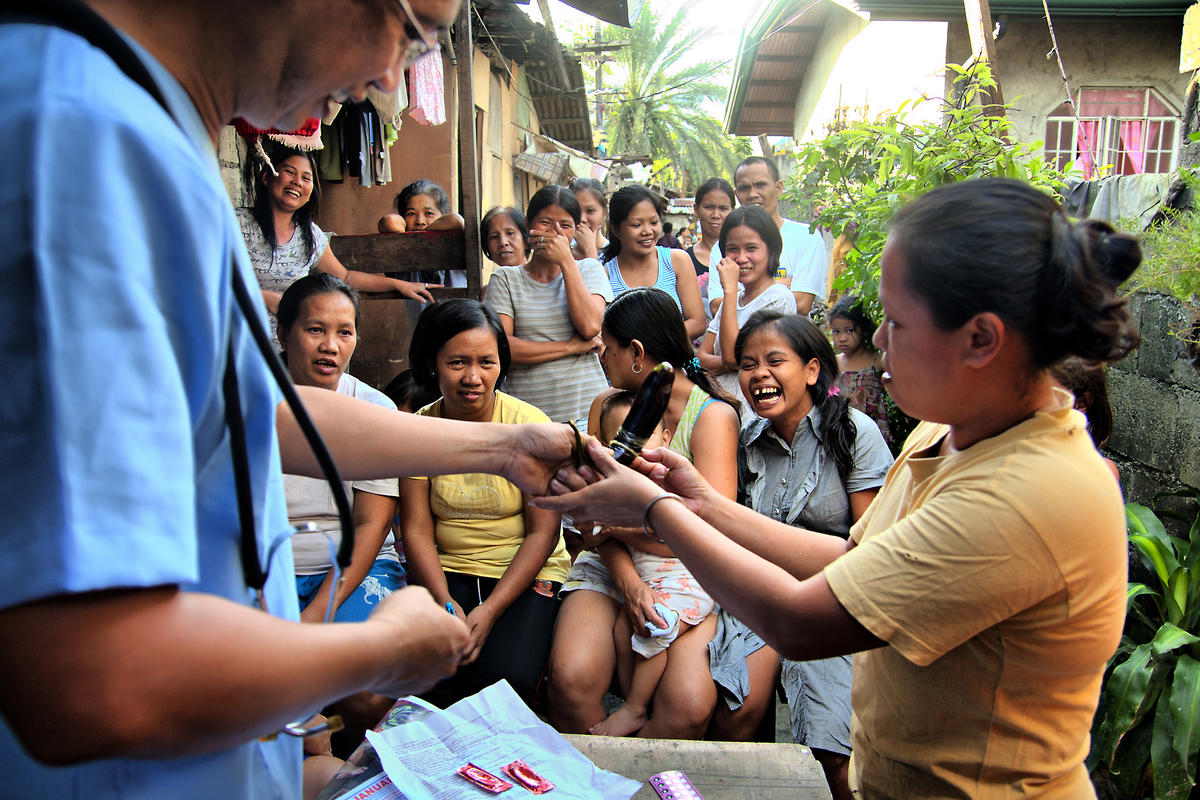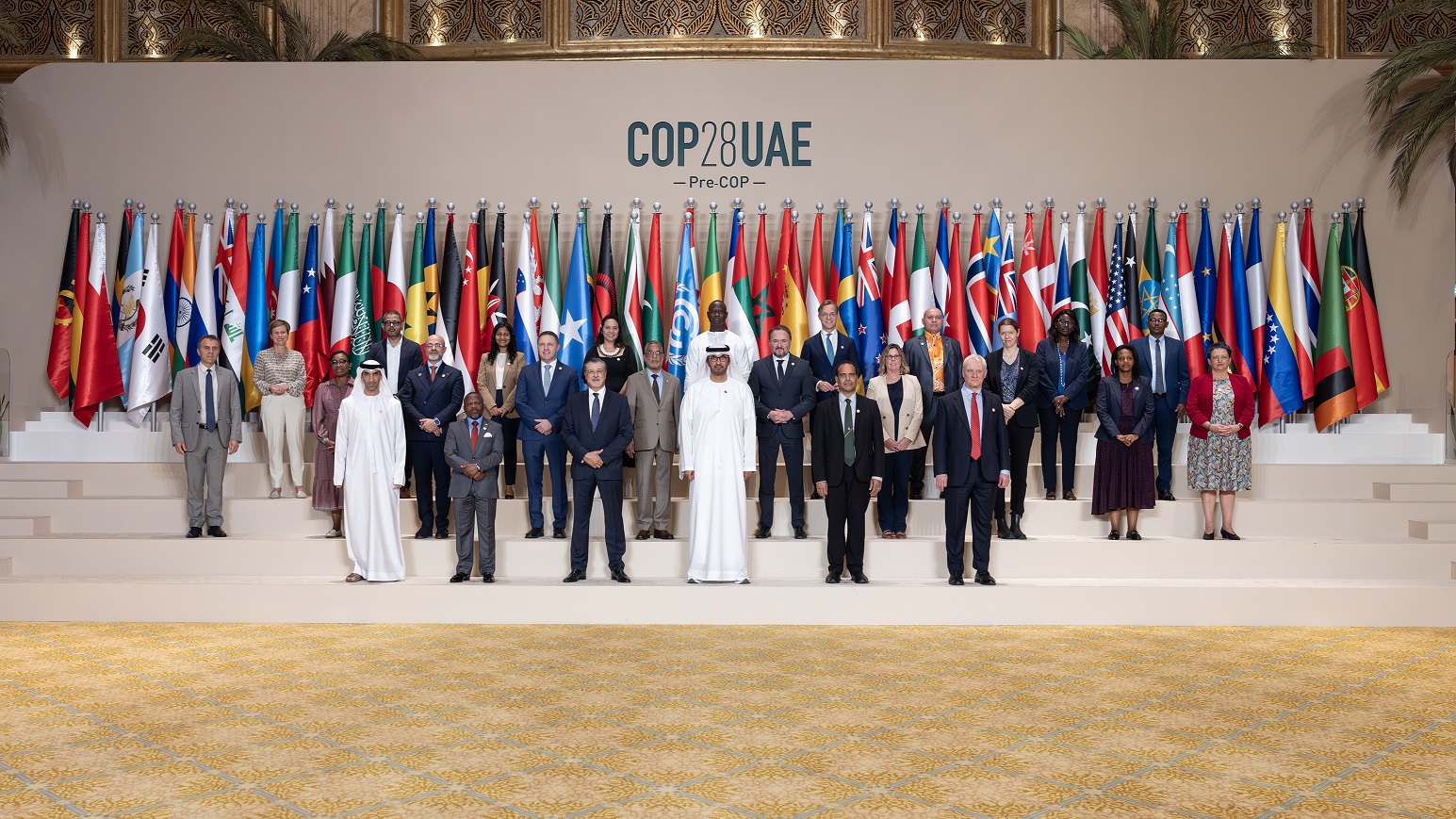Currently, it is estimated that approximately 5.2 million people are living with HIV in Asia, the second highest number of any region in the world. As a whole, the Asian region has made great strides in its response to the HIV epidemic. However, progress achieved varies greatly by country – while some are on track to meet international goals, others are experiencing rapid expansions of the epidemic. Progress is also variable across indicators. For example, though more than half of people living with HIV (PLWHIV) in Asia are on treatment, access to HIV prevention services continues to lag.
Regionally, the number of new HIV infections has decreased by 14% since 2010 with considerable declines in countries with mature epidemics. However, this progress is offset by rising numbers of new HIV infections in a subset of countries. For example, Hong Kong, Thailand and Vietnam lead the Asian region in reduction of new HIV infections, while the Philippines, Taiwan and Singapore have seen a rise in HIV incidence. In Thailand, the number of new HIV infections declined by 50% between 2010 and 2016, yet the Philippines has experienced a 174% increase in HIV since 2010 and faces the fastest growing epidemic in the region.
Increases in new HIV infections regionally is largely driven by key populations. Incidence of HIV among men who have sex with men (MSM) is also increasing in several high-burden countries. In fact, MSM made up 29% of new infections in 2017 in Asia, second only to clients of sex workers (35%). Within key populations, HIV risk among young people is emerging as a serious problem, with new infections among people aged 15-24 years on the rise over the past decade.
Despite the overall decline in new HIV infections in Asia, there are several trends that, if left unaddressed, could jeopardise gains made to date. For this reason, HIV prevention response should be closely coordinated with policies and programmes that address HIV across the care continuum. For example, regulatory barriers slow access to innovative tools and financing sustainable HIV treatment programmes remains a major challenge in the region as well. More can be done to ensure that all patients have access to the HIV prevention and treatment services they need.












